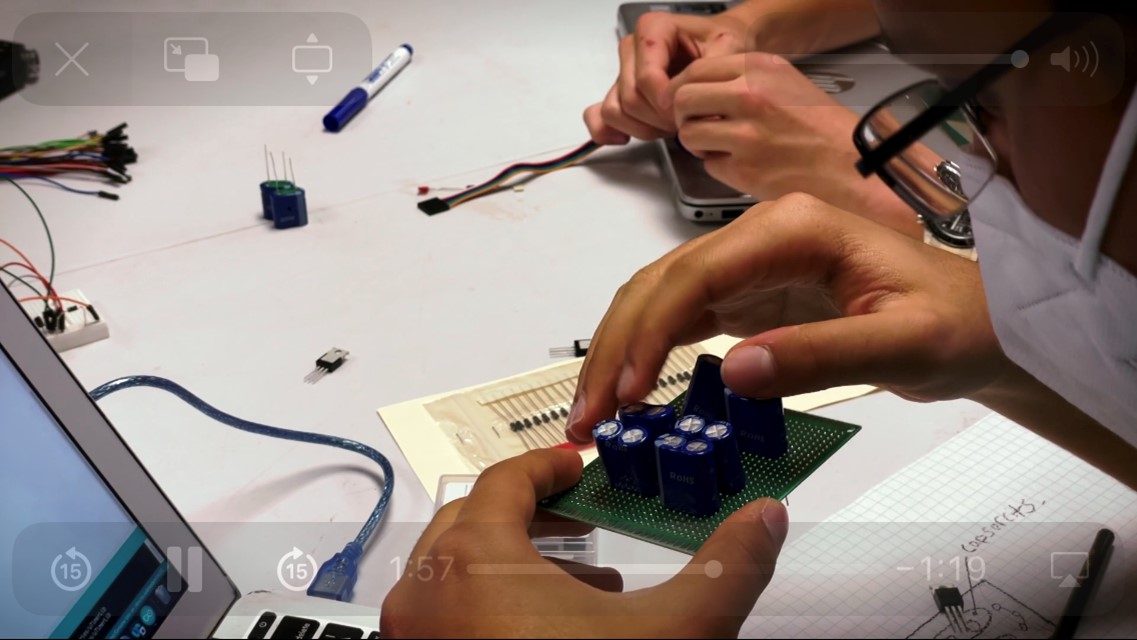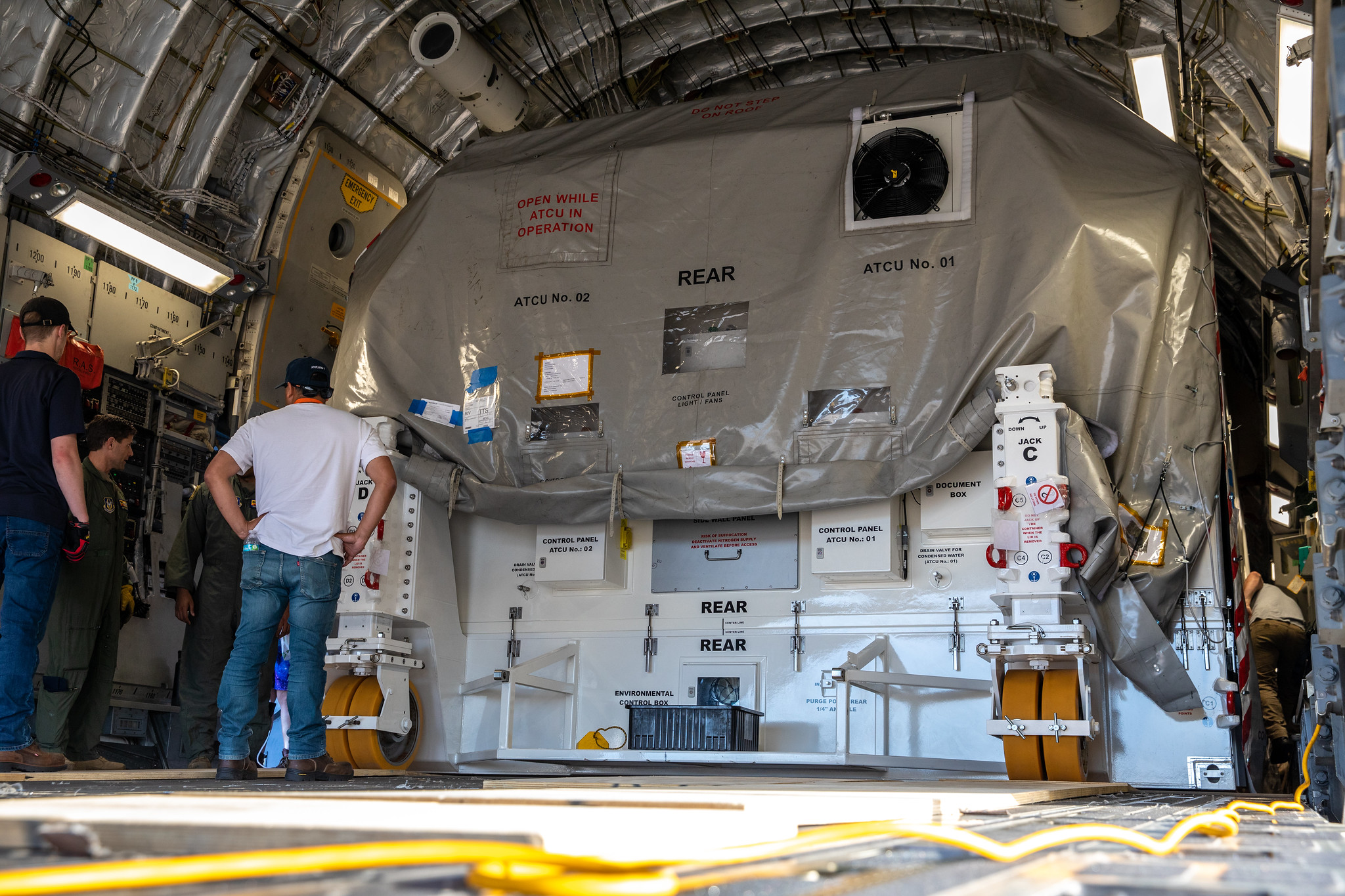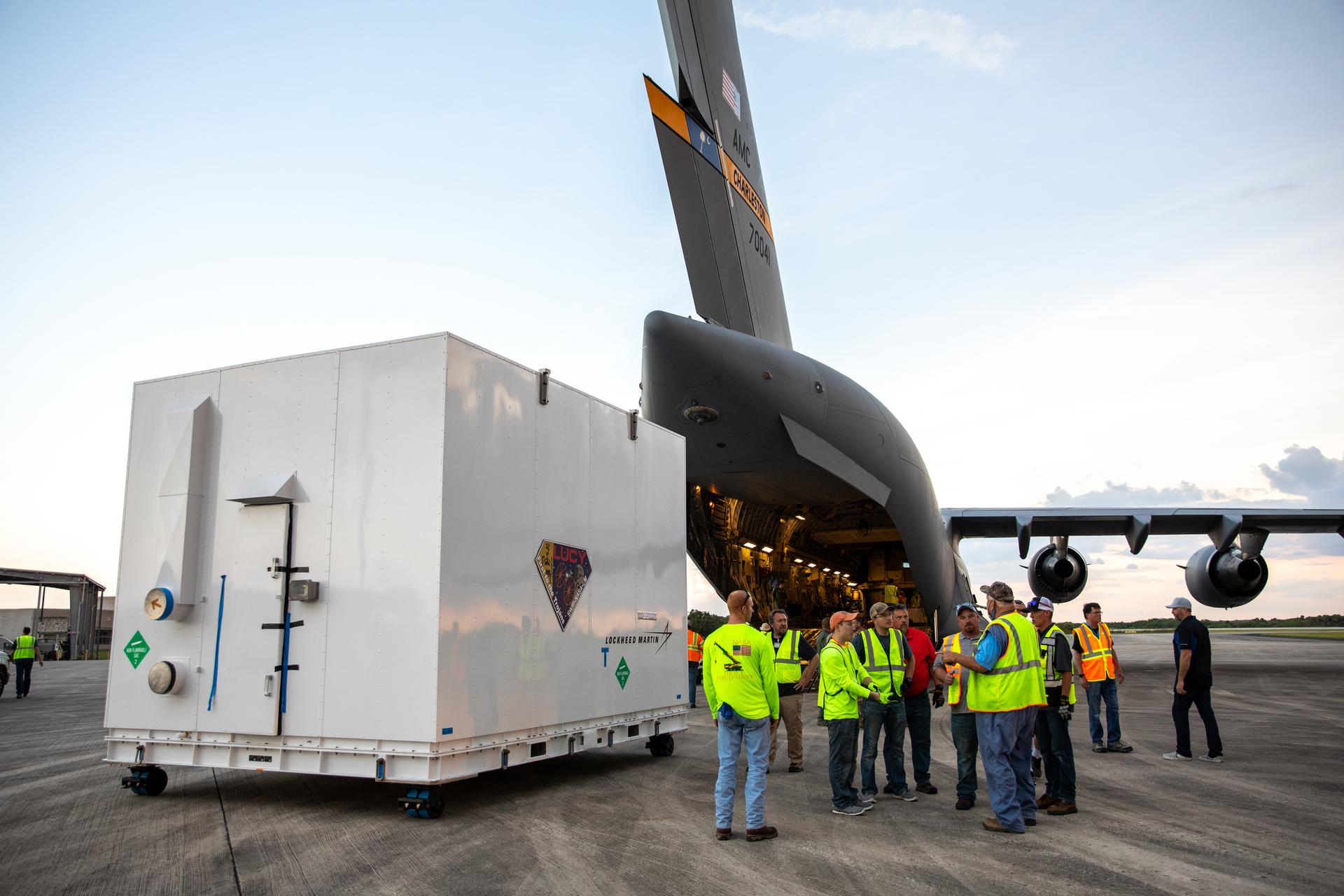Astra Space Inc. is targeting no earlier than June 12, pending issuance of a launch license from the Federal Aviation Administration, for the first launch of NASA’s Time-Resolved Observations of Precipitation structure and storm Intensity with a Constellation of Smallsats (TROPICS), a constellation of six CubeSats. Two CubeSats, each about the size of a loaf of bread, will launch aboard Astra’s Rocket 3.3 from Space Launch Complex 46 at Cape Canaveral Space Force Station in Florida.
TROPICS will study tropical cyclones like hurricanes, some of the most powerful and destructive weather events on Earth, by measuring storm characteristics with a sensor about the size of a coffee cup. The miniaturized microwave radiometer detects the thermal radiation naturally emitted by the oxygen and water vapor in the air. TROPICS has the potential to provide near-hourly observations of a storm’s precipitation, temperature, and humidity. This data can help scientists increase understanding of the processes driving rapid changes in storm structure and intensity, which will improve weather forecasting models.
Astra will launch the other four TROPICS CubeSats in two separate launches later this summer.
The TROPICS team is led by Principal Investigator Dr. William Blackwell at Massachusetts Institute of Technology’s (MIT) Lincoln Laboratory in Lexington and includes researchers from NASA, the National Oceanic and Atmospheric Administration (NOAA), and several universities and commercial partners. NASA’s Launch Services Program, based at the agency’s Kennedy Space Center in Florida, will manage the launch service.
Stay connected with the mission on social media, and let people know you’re following it on Twitter, Facebook, and Instagram by tagging these accounts:
Twitter: @NASA, @NASAEarth, @NASA_LSP, @Astra
Facebook: NASA, NASA Earth, NASA LSP
Instagram: @NASA, @AstraSpace



